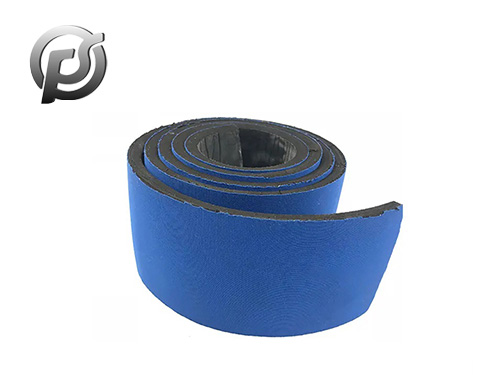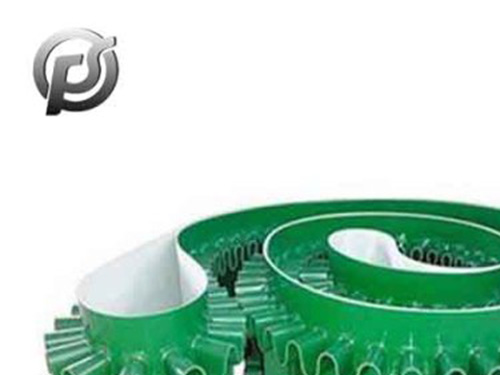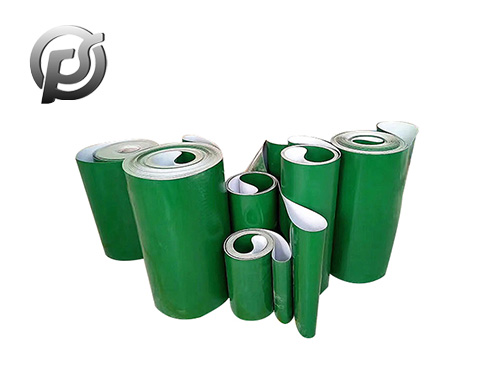Conveyor belts for fertilizer is an indispensable equipment in the modern agricultural production process, it can effectively transport a large amount of fertilizer to the field quickly and safely. However, many farmers and workers who use conveyor belts for fertilizers often encounter a common problem, that is, the problem of conveyor belt slippage, which not only affects transportation efficiency, but also leads to production accidents and increased production costs. This article will analyze the reasons for the slippage of the conveyor belts for fertilizer from the following two aspects.
First of all, the main reason for the slippage of the conveyor belts for fertilizer is that the tension of the belt is not enough. Generally speaking, the conveyor belts for fertilizer runs through the driving wheel and the motor. When the motor is started, a certain tension will be formed, and the belt will rotate around the driving wheel. If the tension of the belt is not enough, it will cause the conveyor belts for fertilizer to slip during transportation. In addition, the rollers of the conveyor belts for fertilizer will also affect the tension. If the friction of the rollers is small or improperly installed, it will cause the conveyor belts for fertilizer to lack proper tension and cause the conveyor belt to slip.
Secondly, the quality and service life of the conveyor belts for fertilizer will also affect the slippage of the conveyor belt. If the quality of the conveyor belts for fertilizer is not good, the material is not strong, and the rollers swing abnormally, it will accelerate the wear and aging of the belt, causing the belt to become loose and fragile, difficult to bear the heavy pressure of the fertilizer, and finally cause the conveyor belt to slip. In the long-term use process, if it is not maintained and maintained in time, its quality will gradually decline, which will further aggravate the occurrence of slipping.
Therefore, in the production process, in order to avoid the problem of conveyor belts for fertilizer slipping, the quality of raw materials must be strictly controlled, and the use of conveyor belts for fertilizers must be regularly inspected and maintained to ensure proper tension of the belt and balanced swing of the drive rollers. In addition, we can also take some measures, such as increasing belt tension, improving the structure of the transmission system, replacing unqualified conveyor belts, etc., to improve the operation of the belt, reduce the occurrence of slippage, and improve the efficiency and stability of the conveyor belts for fertilizer .
 PE Conveyor Belts: Characteristics, Applications, and Advantages
PE Conveyor Belts: Characteristics, Applications, and Advantages
 Stone Conveyor Belt: Enhancing Efficiency and Productivity in Material Handling
Stone Conveyor Belt: Enhancing Efficiency and Productivity in Material Handling
 Optimizing Operations with PE Conveyor Belts: Durability, Efficiency, and Versatility
Optimizing Operations with PE Conveyor Belts: Durability, Efficiency, and Versatility